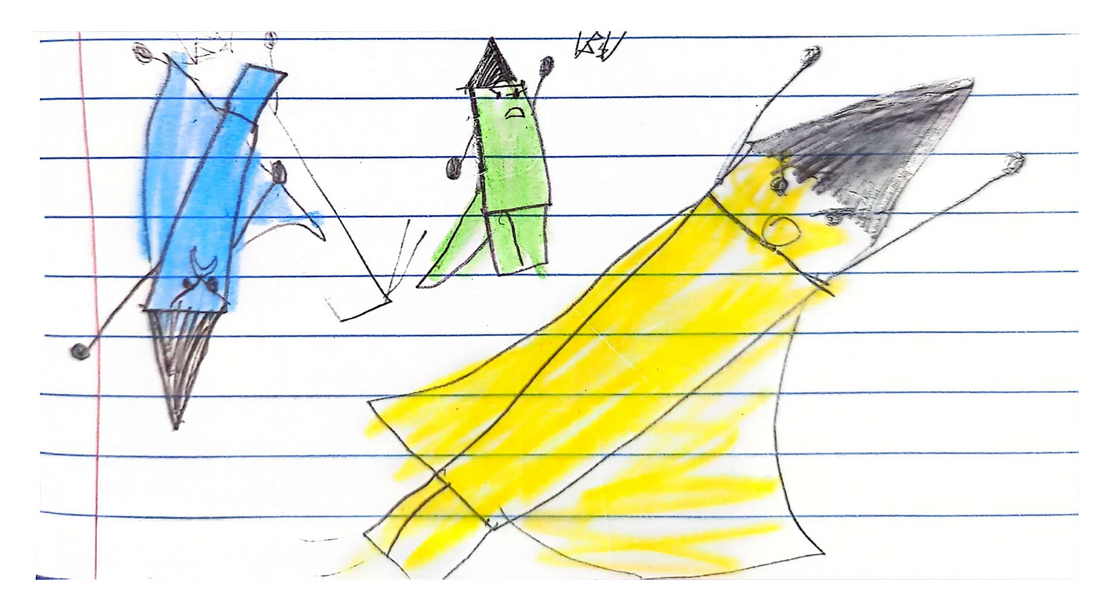Let's watch this reel: "Your child is crying on the pharmacy floor because you said NO to buying a toy they wanted NOW, but you know he cannot have it; everyone is looking at him and at YOU with judging eyes."
All parents have been part of this movie: mindful parents, positive parenting parents, authoritarian parents, our parents, and even our grandparents, even if they say their kids never did that. This behavior is a normal part of children's development. It's a painful step to growth, but how we, the parents in control, address it is the game changer.
Stay Cool
When your child's behavior seems like a whirlwind of chaos, it's easy to lose your cool. But remember, you are your child's first teacher, and every moment is a lesson; your reaction is a lesson, too. Staying calm not only models the behavior you want to see but also helps de-escalate the situation.
Uncover the Why
Challenging behavior often has a hidden message. Is your child tired, hungry, or overwhelmed? Are they testing boundaries? Understanding the "why" behind the behavior can guide your response.
Set Clear Boundaries
Kids thrive on consistency and clear boundaries. Make sure they know what's expected of them, and on your side, follow through with what has been agreed. Otherwise, you are sending the wrong message to them.
Offer Choices
Speaking of control, giving your child choices within limits can empower them and prevent power struggles. "Do you want the red cup or the blue cup?" gives them a sense of autonomy.
Validate Feelings
Just like adults, kids have their own emotions and are learning how to cope with them. When they're upset, acknowledge their feelings. Saying something like "I see you're feeling frustrated" lets them know their emotions are valid.
Self Regulation
Teach your child self-regulation techniques from an early age. I introduced this concept to my kids as early as two years old, teaching them how to breathe in and out—and reminding them to do so when they are overwhelmed or in the middle of a tantrum. As they grow and get more understanding of the concept, keep expanding and giving them more tools.
Explaining Why Not
Once children are calm, explain "why not". This helps them understand the reasons behind rules and boundaries, fostering a sense of fairness and clarity. This approach promotes better compliance and supports their cognitive development by encouraging critical thinking and problem-solving skills.
Redirection Magic
When you see a storm brewing, redirect their attention. Offering a new activity or toy can often steer them away from the challenging behavior.
Catch them being good!
When your child exhibits positive behavior and is doing something that was not able to do before, talk about it; don't take it for granted. Positive reinforcement can encourage them to continue making good choices.
Choose Your Battles Wisely
Not every battle is worth fighting. Decide what's non-negotiable and where you can bend a little. Letting them have some control can sometimes diffuse challenging behavior.
Use Problem-Solving Skills
As your child grows, involve them in problem-solving discussions. Ask questions like "What can we do differently next time?" It encourages reflection and learning.
Self-Care SOS
Parenting is a 24/7 gig, but remember to recharge your own batteries. Taking care of yourself makes you better equipped to handle challenging moments.
Take some time for yourself everyday, make it a routine. Just a few minutes of mindful breathing exercises can change your mindset and help you see beyond the storm.
Seek Support
Sometimes, it takes a village. If you're feeling overwhelmed, don't hesitate to reach out to friends, family, or professionals for guidance and support.
Remember, It's a Journey
Challenging behavior is just a phase, when we address it properly. Kids grow, learn, and develop new ways of expressing themselves. This too shall pass!
Remember, every day is a chance to learn, adapt, and grow alongside your little one. With patience, consistency, and a healthy dose of humor, keep driving on your parenting journey!

